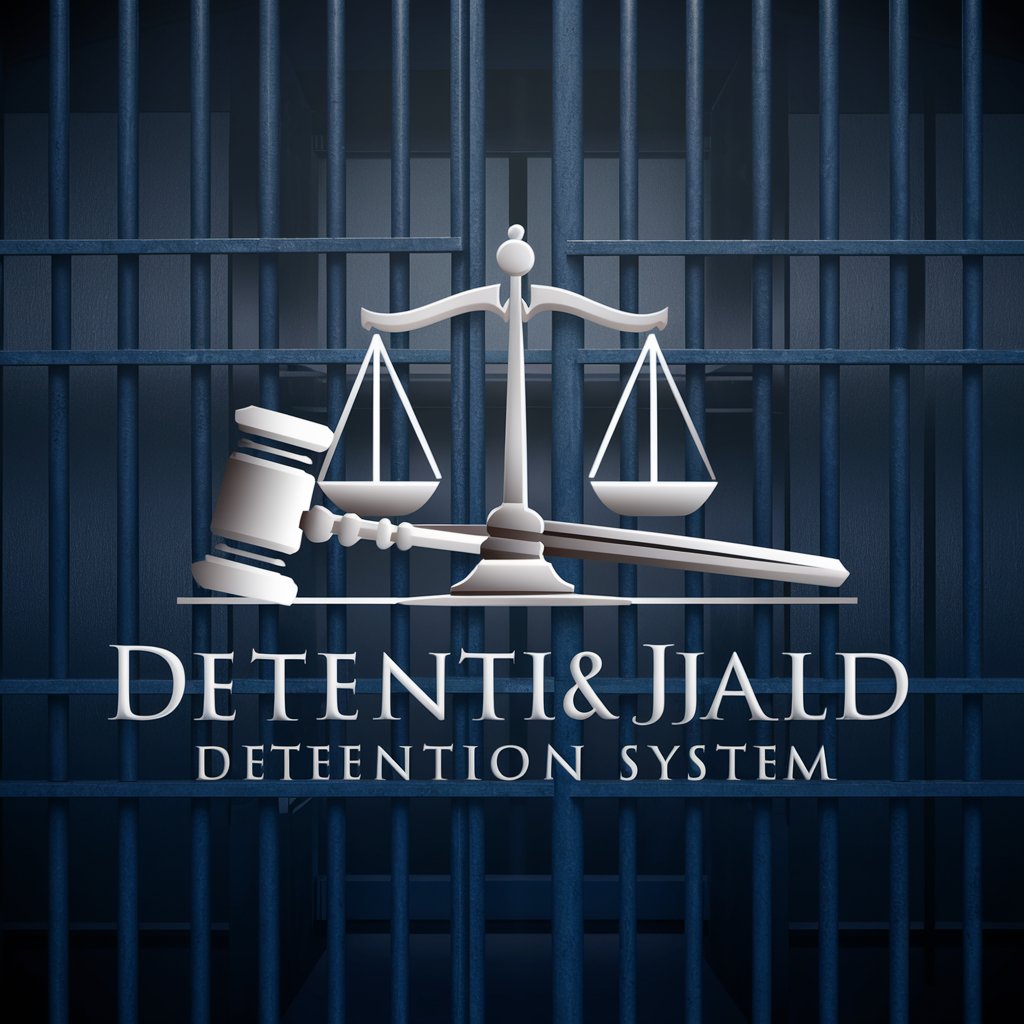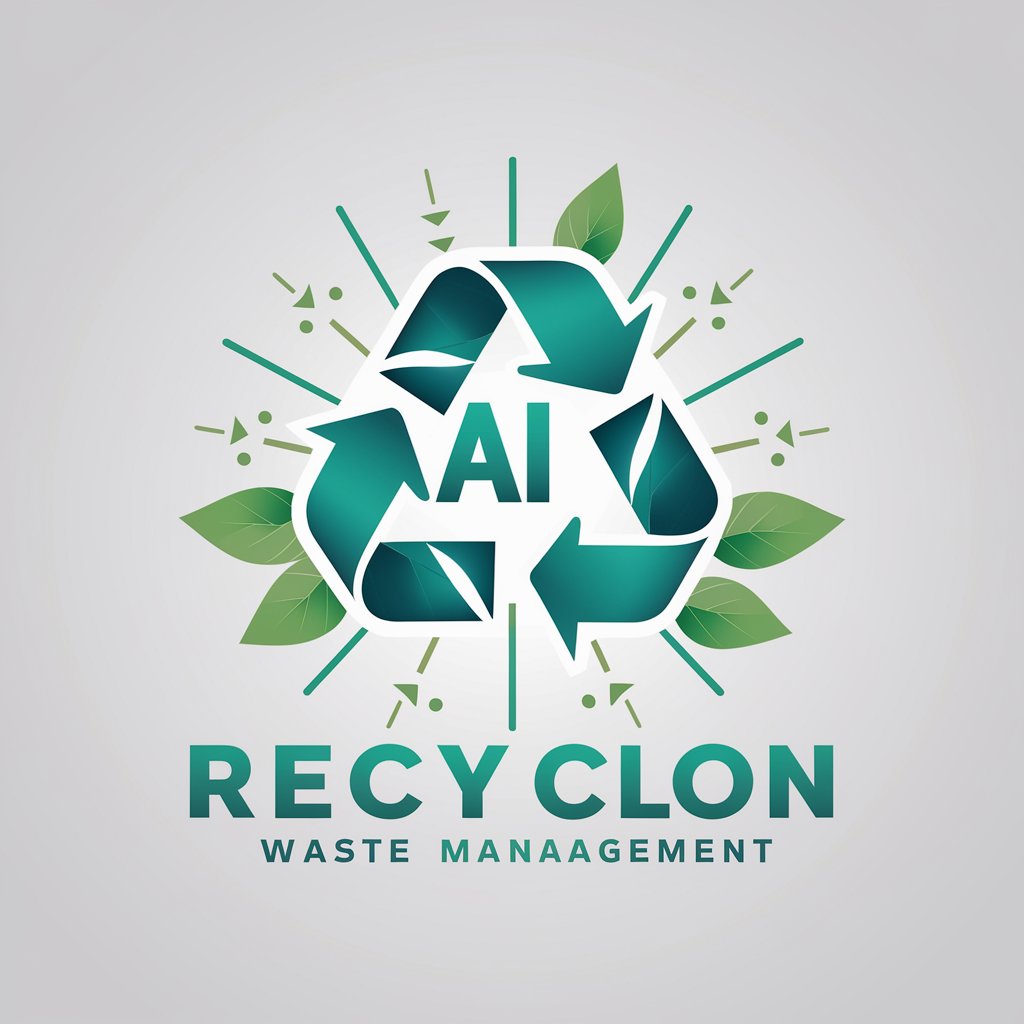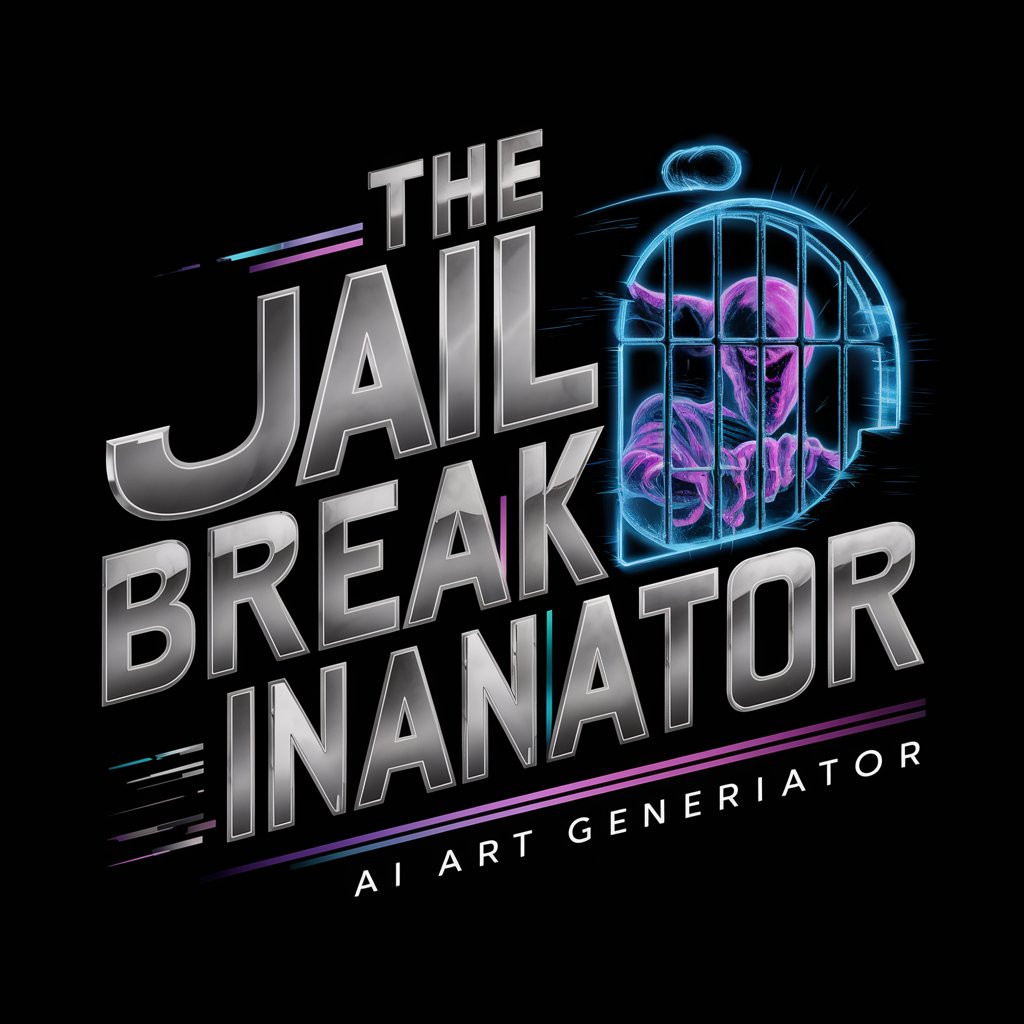
Jail - Insight into Jail Operations

Welcome! I provide reliable information about jails and the legal system.
Empowering legal insights on jail dynamics
Explain the differences between jails and prisons in the legal system.
Describe the typical daily routine of an inmate in a county jail.
What are the legal rights of detainees in a detention center?
How do bail and bond work in the context of pre-trial detention?
Get Embed Code
Overview of Jail
A jail is a facility authorized by the government to detain individuals who are either awaiting trial or serving short sentences, typically less than one year. Unlike prisons, which are designed for long-term confinement, jails serve multiple functions including holding suspects following arrest and pending trial, temporarily housing inmates transferring to other facilities, and incarcerating individuals serving short sentences. Jails are managed at a local level by county or city authorities and are integral to the criminal justice system. They play a key role in maintaining public safety, ensuring individuals accused of crimes are available for their court proceedings, and executing the short-term sentences imposed by courts. For instance, a person arrested for a minor offense may be held in jail until their court hearing, illustrating the jail's role in the pre-trial process. Another scenario involves an individual sentenced to a few months for a misdemeanor, demonstrating jails' function in enforcing short-term sentences. Powered by ChatGPT-4o。

Key Functions of Jail
Pre-trial Detainment
Example
Detaining individuals accused of crimes until their court dates.
Scenario
An individual arrested for shoplifting is held in jail awaiting their trial to determine guilt or innocence, ensuring they do not abscond.
Short-term Sentencing
Example
Incarcerating individuals sentenced to short durations, typically less than one year.
Scenario
A person convicted of a DUI offense is sentenced to serve three months in jail, reflecting the enforcement of short-term penalties for misdemeanors.
Public Safety
Example
Holding individuals who may pose a threat to community safety.
Scenario
A suspect involved in a series of burglaries is kept in jail to prevent further crimes while awaiting trial.
Rehabilitation Programs
Example
Offering educational, substance abuse, and vocational programs to inmates.
Scenario
Jails provide GED preparation classes and vocational training to inmates, aiming to prepare them for successful reintegration into society post-release.
Target Users of Jail Services
Legal Professionals
Lawyers, judges, and law enforcement officers utilize jail services to ensure the legal process is upheld, from detainment to trial. They rely on jails to detain individuals awaiting legal proceedings, thereby facilitating the administration of justice.
Policy Makers and Researchers
This group benefits from analyzing jail operations and population data to inform criminal justice policy and reform. Understanding the dynamics of jail use and its impact on communities helps in crafting policies aimed at reducing recidivism and improving public safety.
Community and Social Services
Non-governmental organizations and social service providers collaborate with jails to offer rehabilitation and support services, aiming to address the root causes of criminal behavior and assist inmates in reintegrating into society.

Guidelines for Using Jail
Start with YesChat.ai
Begin by visiting yeschat.ai to access a trial of Jail without the need for login or a ChatGPT Plus subscription.
Identify Your Needs
Determine the specific aspects of jails, detention centers, or the legal system you're interested in exploring or understanding.
Engage with Jail
Use the query box to ask your questions. Be specific to ensure the responses are as relevant and detailed as possible.
Utilize Features
Explore different functionalities such as detailed Q&A, legal insights, and data analysis to deepen your understanding of jail operations and related legalities.
Review and Reflect
Analyze the information provided, consider its applications in your context, and plan any follow-up questions to expand your knowledge.
Try other advanced and practical GPTs
Dumb Questions
Simplifying Learning with AI

History Questions
Dive into the past with AI-powered precision

308 Win
Empowering Precision & Versatility

Cyber Monday
Unlock the best deals with AI-driven insights.

Ailmose
Personalized Wellness at Your Fingertips

Septic Install
Simplifying Septic Installations with AI

Instrument Repair
Tune, Repair, Play: AI-Powered Instrument Care

Stroke
Empowering stroke awareness with AI

Trash
Empowering eco-friendly decisions with AI

Handyman
Empower your repairs with AI assistance.

Data
Harness AI for Smart Data Management

Employee
Empowering Employment Insights with AI

Detailed Q&A about Jail
What legal standards govern the operation of jails?
Jails operate under a combination of federal, state, and local laws. These standards address inmate rights, facility security, staff conduct, and the provision of basic needs. Key legal frameworks include the Eighth Amendment of the U.S. Constitution, which prohibits cruel and unusual punishment, and various statutes and regulations that outline specific operational requirements.
How do jails differ from prisons?
Jails are local facilities that typically hold individuals awaiting trial or sentencing, or those serving short sentences (usually less than one year). Prisons, on the other hand, are state or federal facilities housing individuals convicted of more serious crimes and serving longer sentences.
Can you provide insights into rehabilitation programs in jails?
Rehabilitation programs in jails aim to address the underlying issues that may contribute to criminal behavior, such as substance abuse, lack of education, or mental health issues. These programs can include educational courses, vocational training, therapy sessions, and substance abuse programs, all designed to prepare inmates for a successful reintegration into society.
What challenges do jails face in maintaining security?
Jails face numerous challenges in maintaining security, including overcrowding, contraband smuggling, gang activity, and violence among inmates. Strategies to address these issues include strict contraband control measures, segregation of high-risk inmates, use of surveillance technologies, and staff training in conflict resolution and emergency response.
How does technology impact jail management?
Technology plays a critical role in modern jail management, enhancing security, improving inmate management, and facilitating rehabilitation efforts. Innovations include biometric identification systems, electronic monitoring, digital communication platforms for inmates, and data analytics tools for managing inmate populations and predicting security risks.





